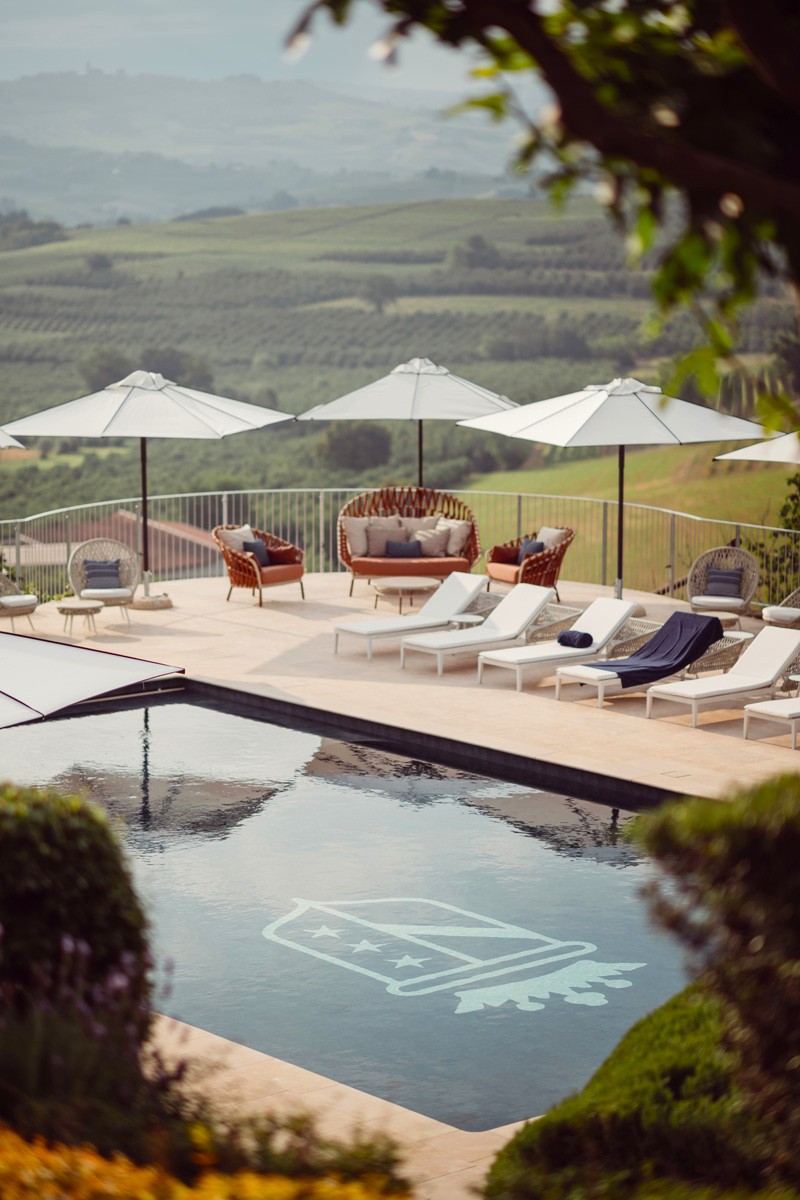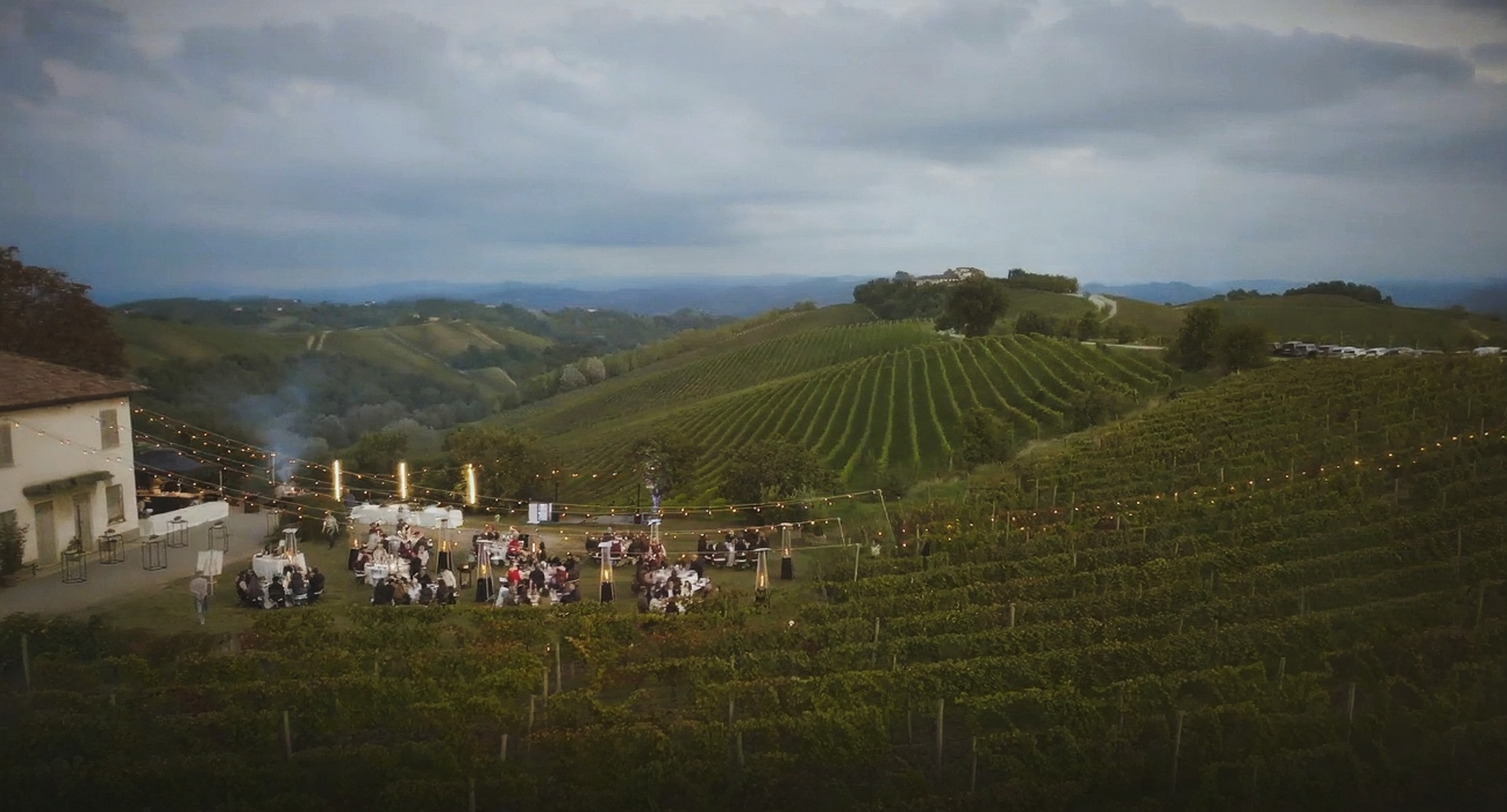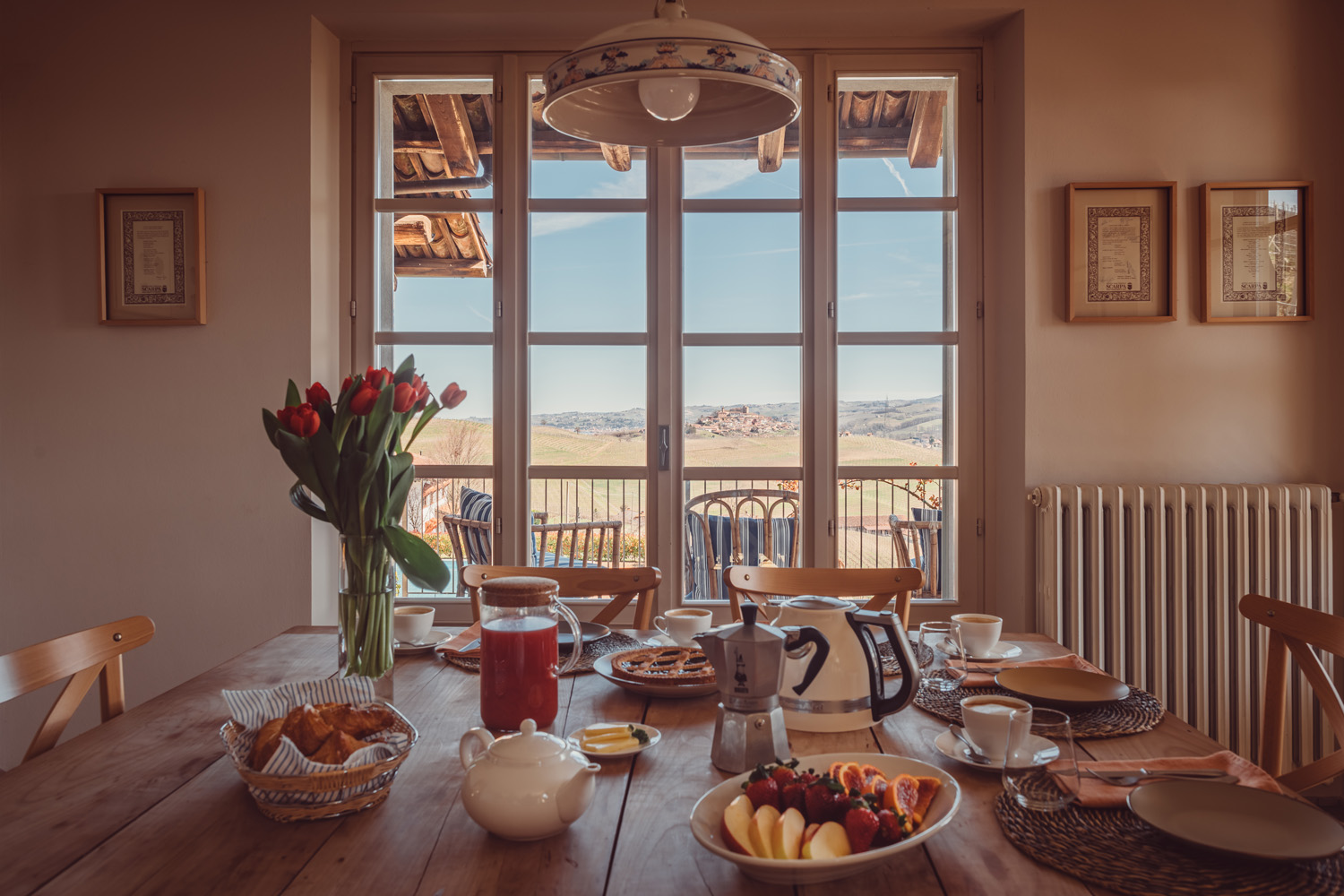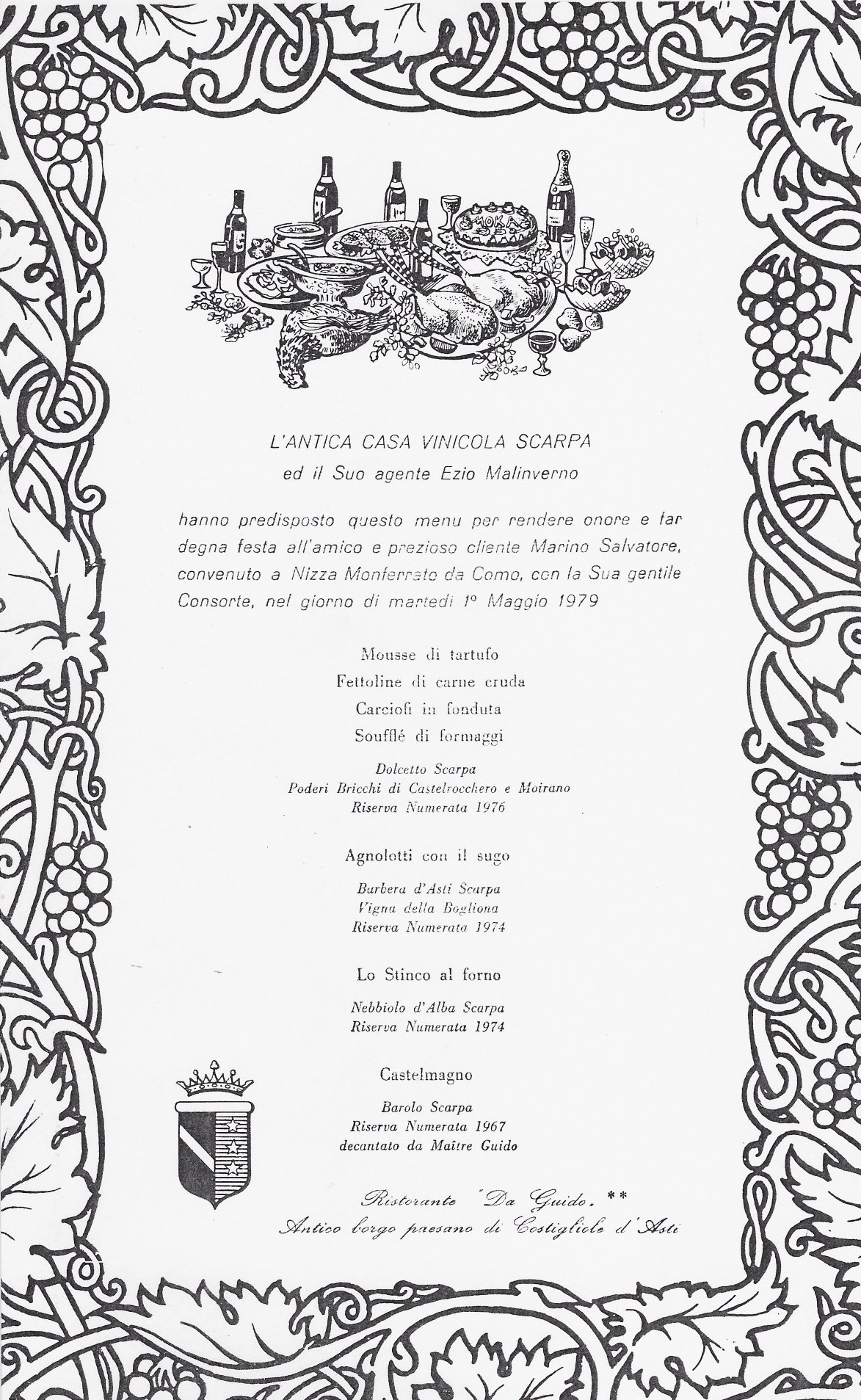Our conversation with Matteo Scalise continues, taking us deeper into the foundations of the Scarpa Villas project –a dialogue that touches intention, materials, and landscape, all the way to the heart of the experience: space as a form of listening, time as memory.
What kind of experience of space and time did you want to create for guests?
From the start, our intention was clear: to offer guests a kind of suspension – a rarefied pause where they could slow down, breathe, and reconnect with their own rhythm.
We also wanted to avoid unnecessary formality. Our aim was to create spaces that felt authentic and sincere – where every element has not only an aesthetic role, but an emotional one.
How did you translate that idea into actual spaces?
Ultimately, we wanted staying at Scarpa Villas to be more than a tourist experience – something that made guests feel part of a place, a moment in time, and perhaps even more in touch with themselves.
We imagined an immersive, sensory experience – where space and time weren’t just the backdrop, but active elements of the story being told.
Old Piedmontese armchairs, a rabbit hutch repurposed as a table, an antique metal toy turned into a bookshelf: every item tells a story. And every story holds emotional meaning as much as aesthetic value.
To give further coherence to the whole, each villa includes a large retro-style wine fridge, painted in the colour of the season it evokes: bright yellow for summer, white for spring, black for autumn, deep blue for winter.
We wanted to heighten the senses – creating a kind of synesthetic dialogue between the rolling landscape and domestic life, turning each stay into a poetic, almost narrative experience.
In your view, what kind of cultural and territorial value does a project like this represent today, especially in a UNESCO landscape like Verduno?
A project like Scarpa Villas carries a value far beyond architecture. In a UNESCO-protected setting like this, every built element – even the most discreet – becomes part of a shared story, one that touches on memory, identity, and care for the land.
We saw our role not only as designers, but as mindful interpreters of a place that already had a voice. This landscape is the result of a delicate balance between nature and culture, farming and community, past and future.
To design within it means entering into dialogue with history – not by mimicking it, but by honouring its legacy without distorting its essence.
Our goal was to create spaces that could host; architectures that could be crossed by light and time without taking anything away from the power of the landscape.
In that sense, Scarpa Villas represents a vision of hospitality that is respectful, grounded, and aware – a real contribution to a design culture that sees territory not as a backdrop to be exploited, but as a living organism to be in relationship with.
Now more than ever, in a time when tourism risks flattening the experience of place, we believe projects like this – sober, consistent, deeply local – carry cultural value and design responsibility.
Because to inhabit a place, even just for a few days, always means coming into contact with a way of living, of producing, of caring.
If you had to choose one architectural or design element that best captures the spirit of Scarpa Villas, what would it be?
It’s an element that doesn’t impose itself, but allows itself to be lived: in the morning, when golden light filters through the vines; at sunset, when the landscape reflects off the water; or at night, when silence and darkness create a suspended, almost rarefied atmosphere.
In the end, it’s there – between water, land, and sky – that the true spirit of Scarpa Villas comes into focus: a quiet balance of beauty, comfort, and authenticity.




